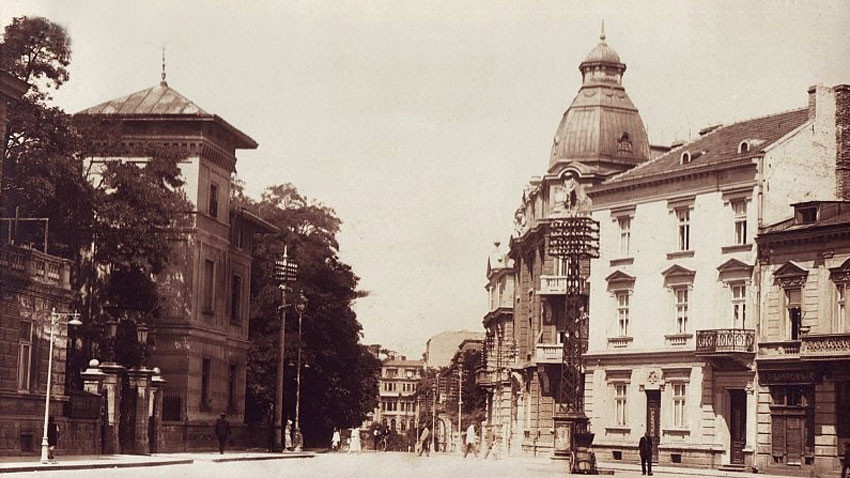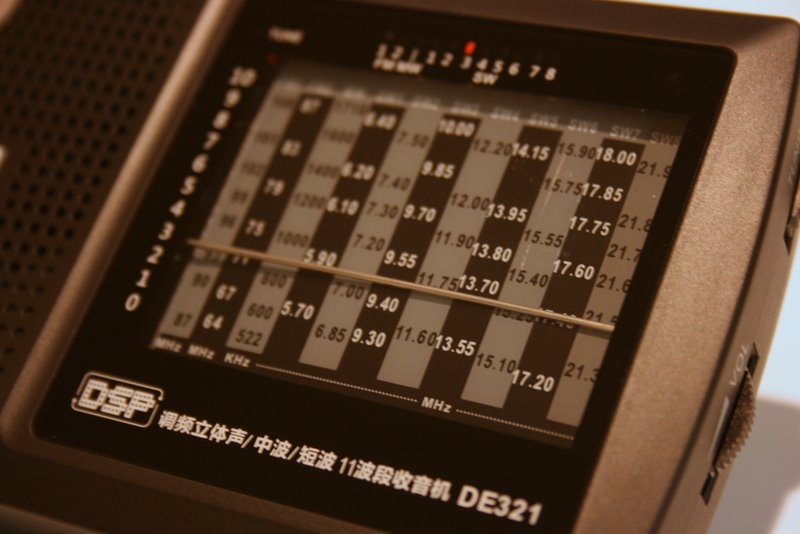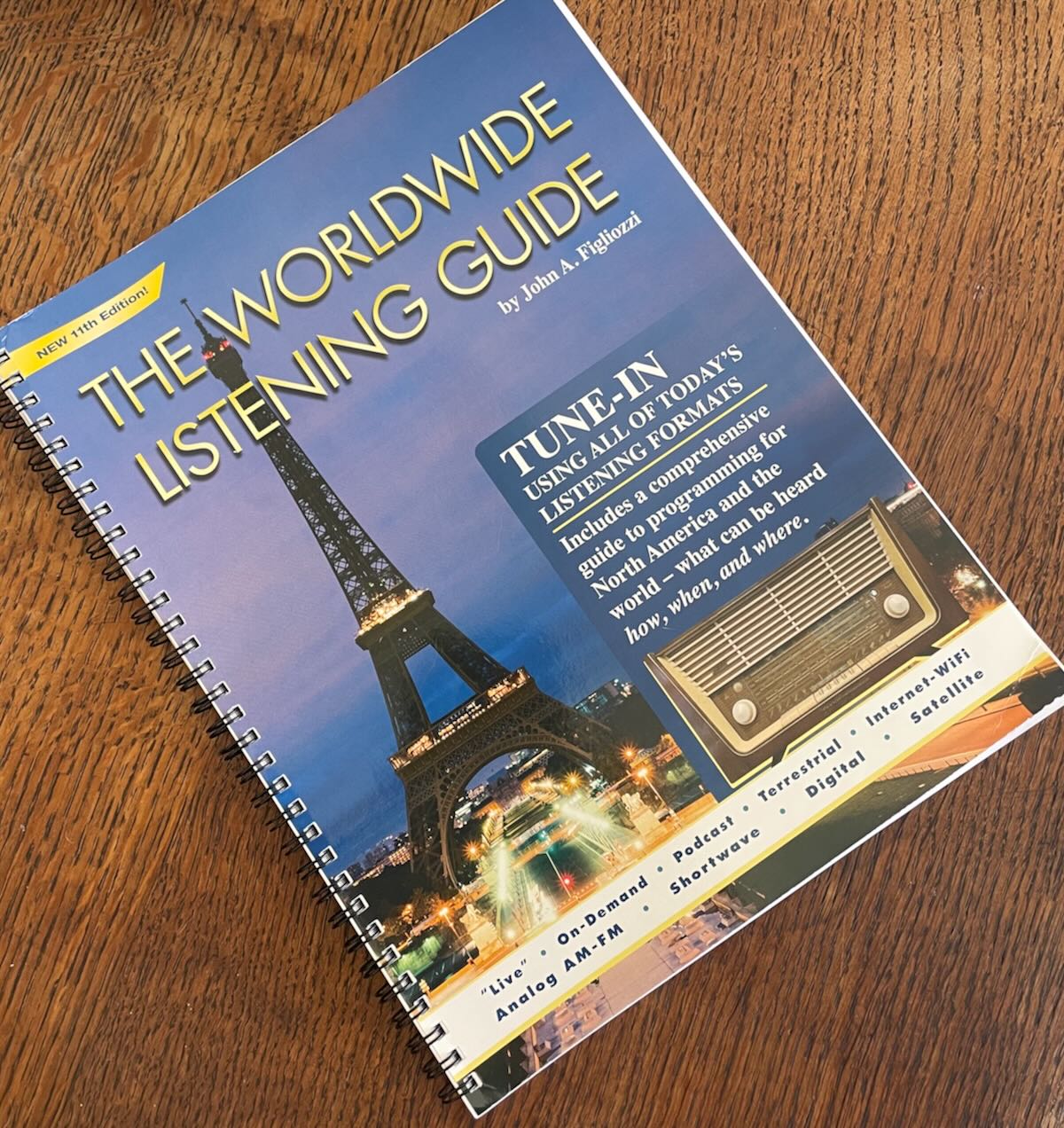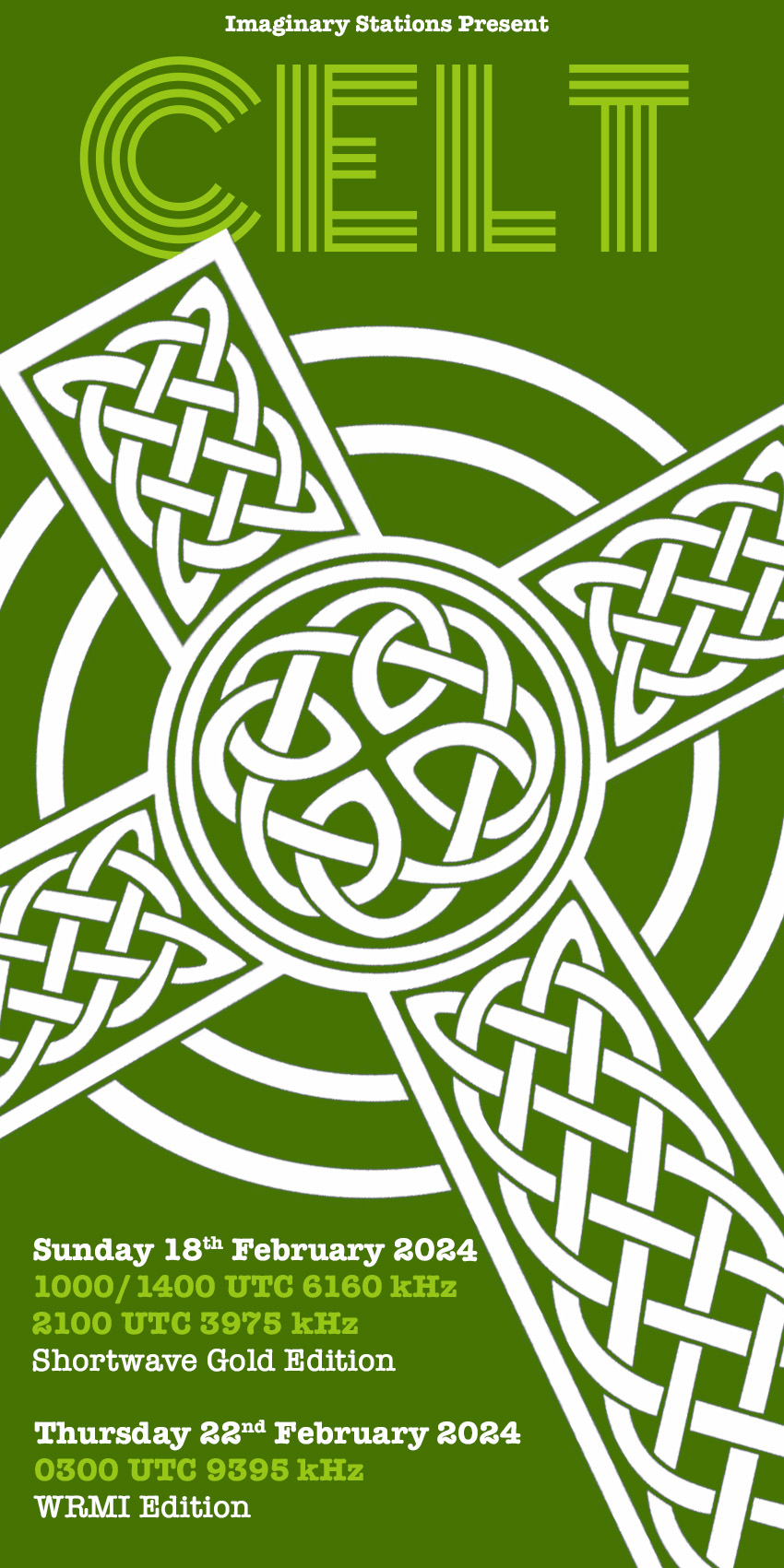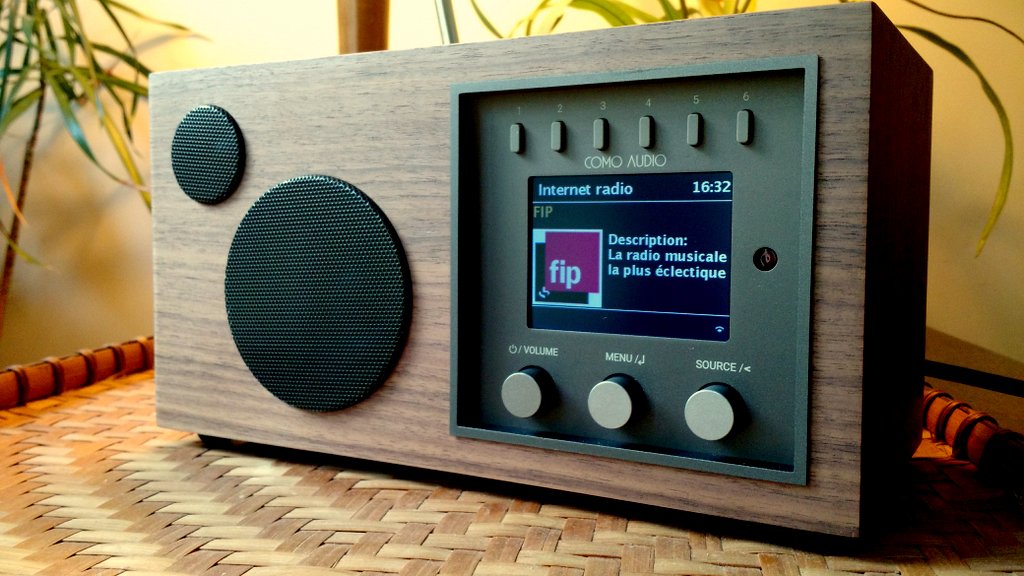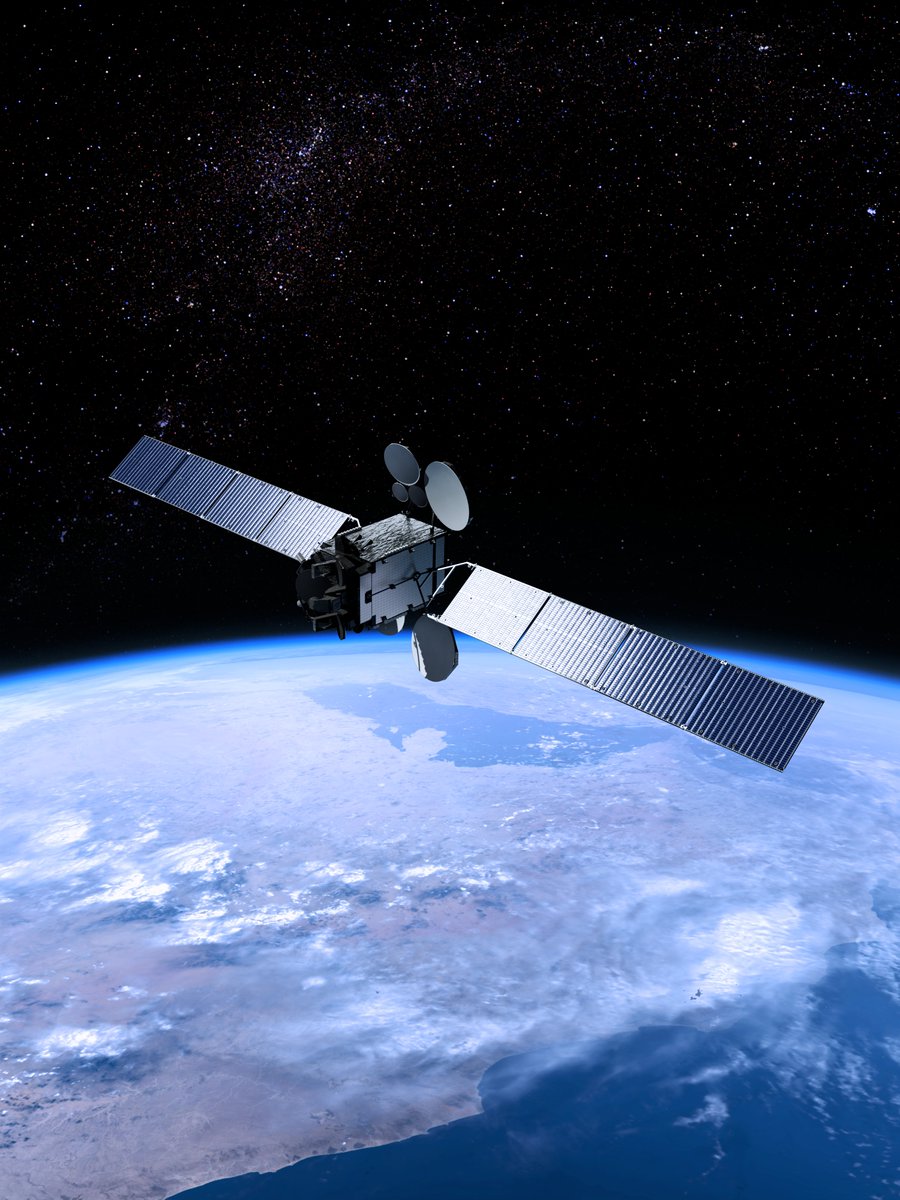Many thanks to SWLing Post contributor, Rich Cuff, who shares the following article via BNNBreaking.com:
Radio Bulgaria: A Beacon of Cultural Diplomacy and International Communication (BNNBreaking.com)
In the heart of Sofia, Bulgaria, a beacon of cultural diplomacy and international communication has been steadily broadcasting its message to the world since 1936. Originally named Radio Sofia, the Bulgarian National Radio’s international service, now known as Radio Bulgaria, transcends linguistic barriers by offering news in an impressive array of 11 languages. From its inception as a short-wave transmitter, Radio Bulgaria has evolved into a vital source of information for its global audience, despite its relatively low profile at home.
From Short Waves to Global Reach
Radio Bulgaria’s journey began under the moniker Radio Elza, marking the country’s strategic move into the realm of international broadcasting. The initiative was propelled by the recognition of radio’s potential to cross borders, connecting Bulgaria with distant lands and cultures. Over the decades, the service expanded its linguistic repertoire to include Bulgarian, French, English, German, Spanish, Russian, Turkish, Greek, Serbian, Albanian, and Romanian. This multilingual approach has not only showcased Bulgaria’s rich cultural heritage but has also facilitated a dialogue with the world, fostering understanding and friendship between nations. [Continue reading…]

